Whether it’s because of a job that involves sitting at a desk, illness, or a protracted recovery from injury, living a sedentary lifestyle can have severe effects on your coordination and balance. Over time, your stabilizing muscles weaken, your nervous system becomes less responsive, and even simple activities like walking quickly or standing on one leg can start to feel unsteady.
The good news? You can retrain your body and brain. In this guide, we’ll look at why balance declines, what internal systems are impacted, and how to regain balance after a sedentary life with safe, progressive techniques. That includes balance exercises for beginners, post-sedentary rehabilitation, and daily habits that restore stability over time.
Why Sedentary Living Impacts Your Balance

A long-term absence of physical activity sends ripples throughout the body’s musculoskeletal and neurological systems. Here’s how:
- Muscle Atrophy: Muscle atrophy is another major concern. Particularly in important stabilizers such as the glutes, deep core stabilizers (i.e., transverse abdominis), and lower legs. When not regularly engaged, these muscles begin to atrophy and lose strength.
- Decreased Proprioception: Proprioception is your innate perception of where your body is relative to space. Lack of exercise slows this crucial system, causing clumsy movements.
- Nervous System Dysregulation: The “use it or lose it” rule holds here. Unless balance and stability are tested regularly, the neural mechanisms that govern them become weak.
- Postural Misalignment and Stiffness: Sitting for extended periods or avoiding diverse movement patterns causes tight hips, forward shoulders, and inflexible joints, all of which weaken your center of gravity.
Warning Signs Your Balance May Be Off

You might not have fallen, but subtle signs can reveal that your stability is compromised:
- Wobbling on one leg or changing weight
- Tripping over tiny barriers or uneven ground
- Having trouble standing up from a seated position without speed
- Swaying while walking or leaning to one side
If these sound like you, it’s time to start regaining stability after periods of inactivity.
Step-by-Step Plan to Rebuild Balance Safely
The aim is not to dive into sophisticated training, but to rebuild incrementally from the inside out. Here’s how:
1. Begin With Gentle Reconnection

Before provoking your body, reinstate the brain-body connection through awareness:
- Body Scans and Somatic Awareness: Rest or sit comfortably and mentally chart the way that every region of your body feels.
- Seated Weight Shifts: Sitting up straight, shift your weight gently side-to-side and front-to-back to reinstate postural reflexes.
- Diaphragmatic Breathing: Re-engages core and soothes nervous system, which aids in balance and posture.
2. Restore Core and Lower Body Stability
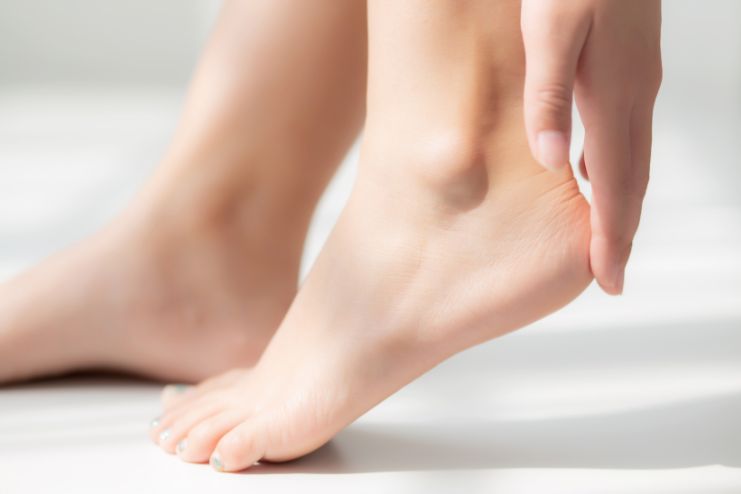
Core strength is critical for muscle activation following extended rest. Emphasize engaging the glutes, hips, and core:
- Glute Bridges: Lie on back, feet flat, and slowly lift hips, activating glutes.
- Heel Raises: Standing, rise onto toes, then lower in control.
- Bird Dog: On hands and knees, extend the opposite arm and leg; pause and reverse.
- Seated Marches: Sit up straight and lift one knee at a time, engaging deep hip flexors.
These are great balance exercises for beginners that can be performed at home with no equipment.
3. Start Proprioception Training
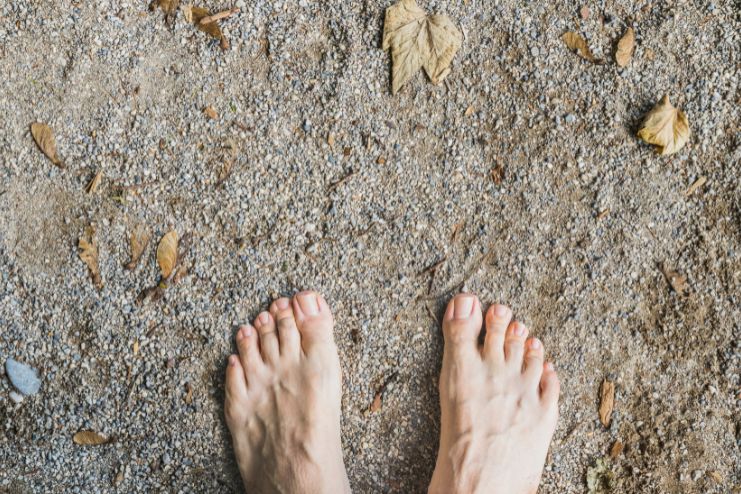
After your muscles are more responsive, start retraining your internal body awareness with proprioception training. Here’s how:
- Stand Barefoot: Stand barefoot on a solid surface. This increases the connection between the feet and brain.
- Indulge in Rocking Motions: Gradually transfer weight side-to-side and front-to-back while standing.
- Wall-Supported Single Leg Holds: Opt for wall-supported single-leg holds. For this, stand against the wall for support and raise one leg.
- Use Balance Pads: Choose balance pads or cushions. Standing on a balance pad challenges the nervous system. This happens due to the instability created by them, which helps improve balance and coordination. This step specifically helps in nervous system control.
4. Add Movement-Based Balance Practice
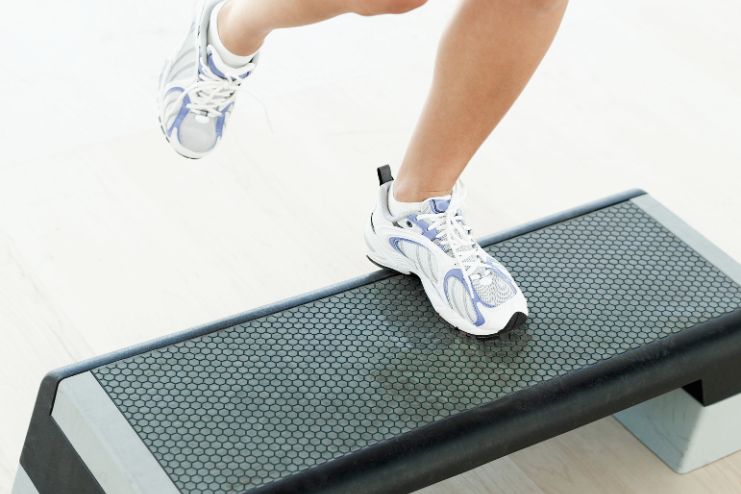
Once your foundation is established, add simple movements to test dynamic stability.
- Standing Toe Taps: While standing on one leg, tap the toes of your opposite foot lightly, in front to side, and behind you.
- Tandem Stance: Stand with one foot in front of the other (heel-to-toe).
- Step-ups: Utilize stairs or a low step. Step up and down slowly, keeping control.
- Clock Reach Drill: Imagine a clock on the floor, right in front of you. Now, stand on one foot and reach your other foot with different clock positions ( such as 12, 3, 6, or 9). This helps in maintaining coordination and activating balance.
Daily Habits That Help Restore Balance
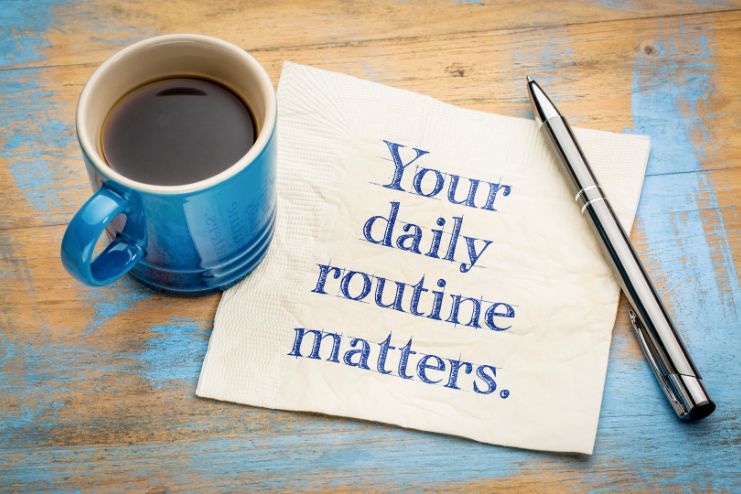
Balance improvement is not just for exercise. Small, regular habits speed progress:
- Stand when brushing teeth or watching TV
- Balance barefoot at home to activate foot and ankle sensors
- Regular ankle and hip mobility work to keep joints functioning
- Alternate sitting and standing throughout the day to prevent stiffness
These small modifications lower the risk of falls and support daily fall prevention exercises.
Mind-Body Techniques to Support the Nervous System
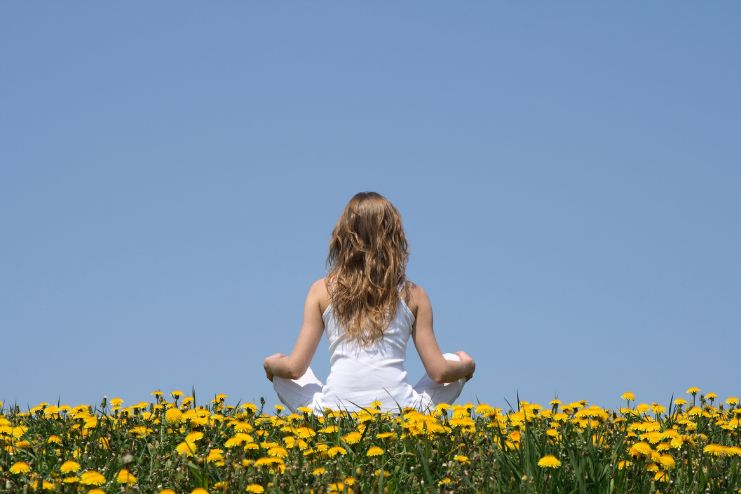
Since balance is regulated by both muscles and the brain and the inner ear, it is essential to maintain the nervous system. Here are a few mind-body techniques you can use:
- Grounding Techniques: Barefoot walking on grass, light body tapping, or lying on the floor aids in enhancing sensory input.
- Yoga or Tai Chi: Slow, flowing movements that are perfect for re-awakening deep stabilizer muscles and aiding the vestibular system and balance.
- Mindful Breathing: Standing or moving with slow, deep breaths will help stabilize your body and calm tension that disrupts balance.
When to Work with a Professional
Consulting a professional for one-on-one instruction in the following cases:
- History of injury, stroke, or neurological disorders
- Recurring dizziness or vestibular disturbances
- Frequent falls or fear of falling
- Extended immobility due to surgery or illness
In such situations, consult a physical therapist, occupational therapist, or a trauma-informed movement coach. They will create safe, individualized post-sedentary rehabilitation plans that address your specific needs.
Final Thoughts

Regaining equilibrium after a prolonged sedentary period may be daunting, but it’s doable. Balance is not an inborn quality; it’s a skill that can be retrained, rebuilt, and strengthened at any age.
Begin where you are. Be consistent. And be gentle with your body as it awakens.
With daily intention and progressive balance and posture exercises, you can regain your sense of stability, rebuild your confidence, and move through life with greater ease and assurance.
References
- https://www.sciencedirect.com/topics/medicine-and-dentistry/mind-body-technique
- https://www.unh.edu/pacs/balanced-life-defining-it-restoring-it-when-it-has-been-lost
- https://apn.com/resources/25-grounding-techniques-to-support-mental-wellness
- https://www.professionalpt.com/hip-pain-from-sitting-and-what-you-can-do-about-it-blog
- https://www.betterhealth.vic.gov.au/health/healthyliving/the-dangers-of-sitting
- https://medlineplus.gov/ency/article/003188.htm
- https://journals.physiology.org/doi/full/10.1152/physrev.00048.2011
- https://www.professionalpt.com/hip-pain-from-sitting-and-what-you-can-do-about-it-blog
In this Article




















